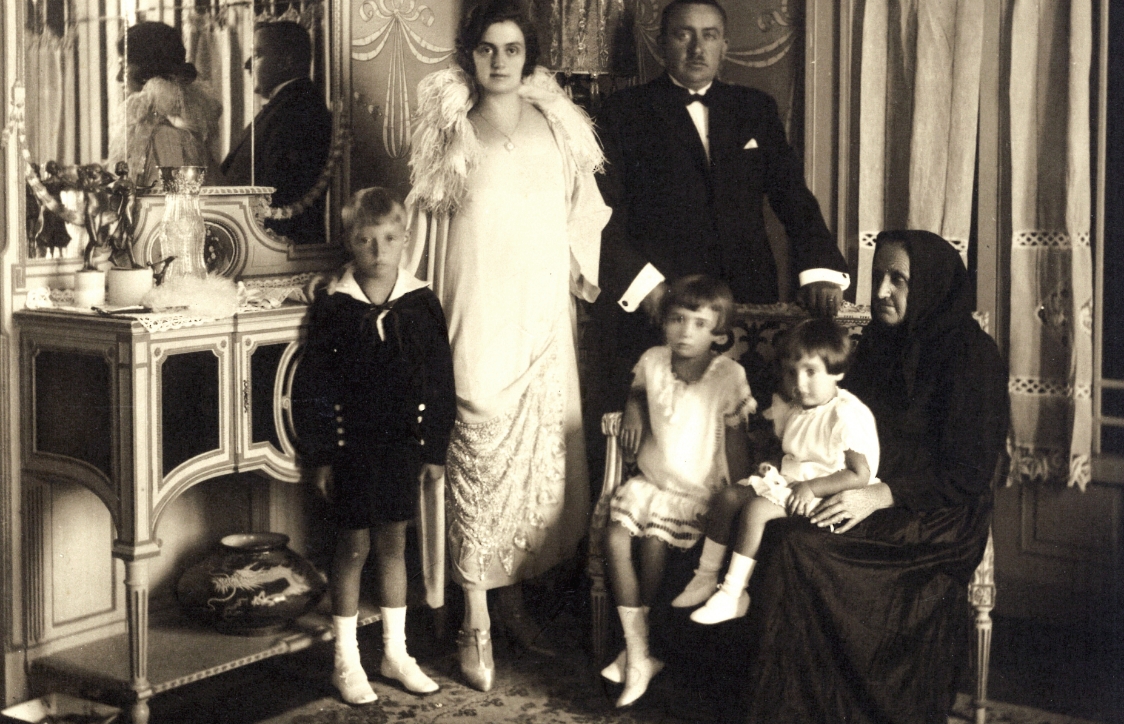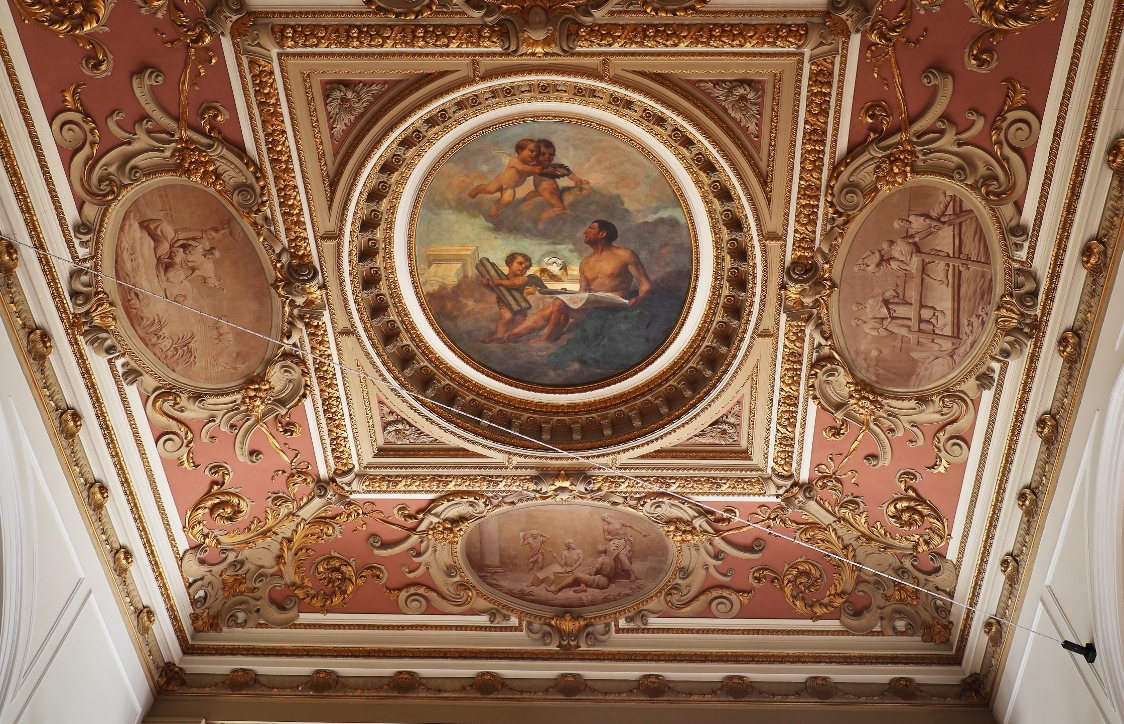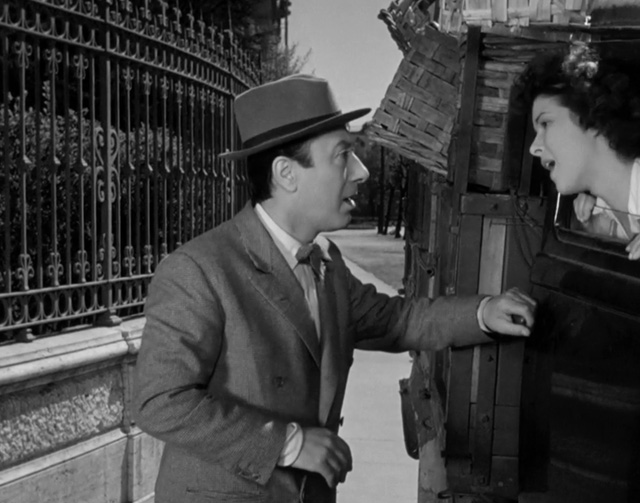
Villa Chiuminatto
Welcome
The Villa’s construction began in October 1923, led by Piedmontese architect
Gottardo Gussoni – who had trained under the great Art Nouveau architect Pietro Fenoglio and wanted to create a building made of an unusual material like travertine and flaunting an eclectic style, in sharp contrast with the neighboring houses in the Crocetta district in Turin.
Over its first century, the Villa has been home to nine different families – each one with its own peculiarities and aesthetic taste, influenced by the trends that evolved across the 20th century.
The Villa is named after Commander Giacomo Chiuminatto, who had it built. Chiuminatto was a building contractor from the Canavese area, and is said to have inspired the appearance of the large statue at the main entrance of the building, as well as of the man portrayed in the frescoes inside.
Villa Chiuminatto
Interesting facts
Villa Chiuminatto was at the center of a small mystery in the early 1990s.
The elderly couple that owned it in the 1980s used to have séances, during which a spirit often returned: he claimed he had been murdered in the Villa in 1938 and that his body was still buried in a precise spot in the garden.
By chance, during an excavation required by renovation works carried out in the 1990s by the Villa’s new owners, some bones were actually found! Although they actually had belonged to a horse, what is curious is they were discovered exactly in the location described by the spirit and indicated by the medium; moreover, forensic tests proved the bones actually dated back to 1938.
Changeable and mysterious, the Villa has also served as the set of various films and TV shows from the 1950s to the present day, welcoming for some time even the famous Fellini actress Caterina Boratto.
Family portrait
Giacomo Chiuminatto
Sometimes a man’s imagination and will leave a trace destined to intertwine deeply with the lives of other people – whether they are aware or not of their predecessor’s history.
The story of all the past owners’ families and the future projects that the Buono Lopera family will carry out are inextricably linked to Villa Chiuminatto. And Villa Chiuminatto is inextricably linked to the man who willed it into existence: Commander Giacomo Chiuminatto.

Outside
Statue of Giacomo Chiuminatto
The grand statue at the entrance likely represents Giacomo Chiuminatto himself.
It resembles a figurehead – the carved wood decorations that represented ships’ names and the status and wealth of their owners – and probably had a similar purpose for the Villa’s first owner.

First floor
Frescoes in the main rooms
The frescoes were meant to pay homage to Chiuminatto’s work in construction; in the large fresco in the main hall, some putti present him with the architectural plans for the Villa.
The Villa is dotted with a number of other references to the construction business, such as the hammer (in lieu of a staff) held by the statue outside the entrance.

Outside
The “C” in the gates
Giacomo Chiuminatto wanted the wrought-iron gates surrounding the Villa to include the letter “C” – which is indeed repeated like a coat-of-arms, elevating the aristocratic style of the Chiuminatto family and of the Villa itself.













